SUSTAINABILITY
Pigxcel contributes to several of the UN's sustainability goals
An investment in Pigxcel is not only a profitable choice, but also an investment for the environment and for a more sustainable future. Greater control and optimization of all stages in pig breeding result in reduced feed consumption, more efficient production times and thus also reduced greenhouse gas emissions.
The UN has identified 17 global goals for sustainable development. Pigxcel meets some of the most important goals:

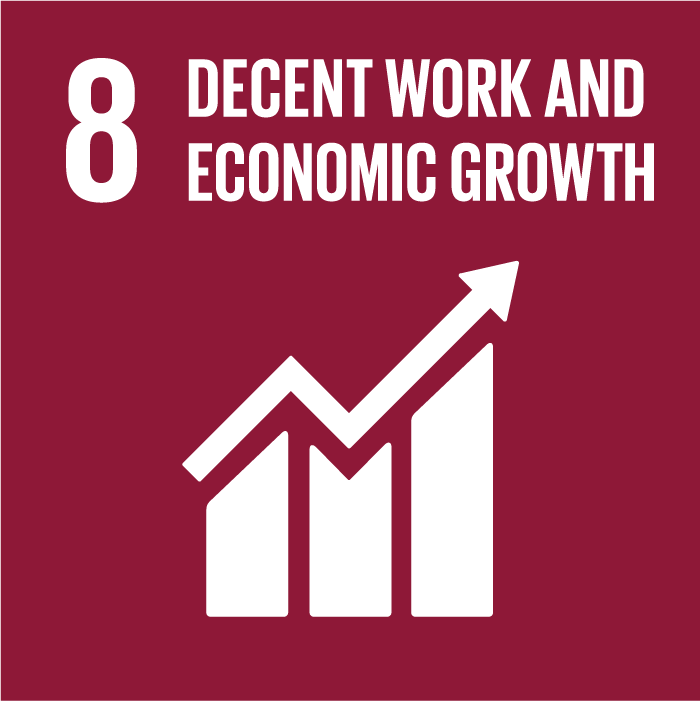
Eliminates stress
- Manual weighing is associated with a lot of stress and a high risk of injury for both pigs and staff.
- A 120 kg pig can knock over staff during weighing.
- The extra stress can mean that the pig does not eat for one to two days after weighing, which results in lost production time.
Eliminates stress
- Manual weighing is associated with a lot of stress and a high risk of injury for both pigs and staff.
- A 120 kg pig can knock over staff during weighing.
- The extra stress can mean that the pig does not eat for one to two days after weighing, which results in lost production time.
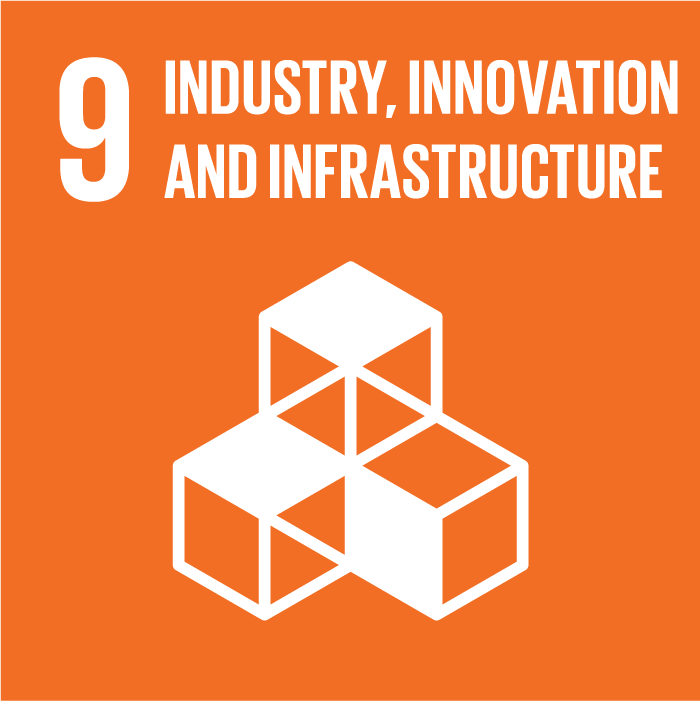
AI is the future
- It’s a unique technological breakthrough.
- Pigxcel will revolutionize the market for pig breeding locally, regionally, and globally.
- Provides an opportunity for quality monitoring that has never been possible before.
AI is the future
- It’s a unique technological breakthrough.
- Pigxcel will revolutionize the market for pig breeding locally, regionally, and globally.
- Provides an opportunity for quality monitoring that has never been possible before.
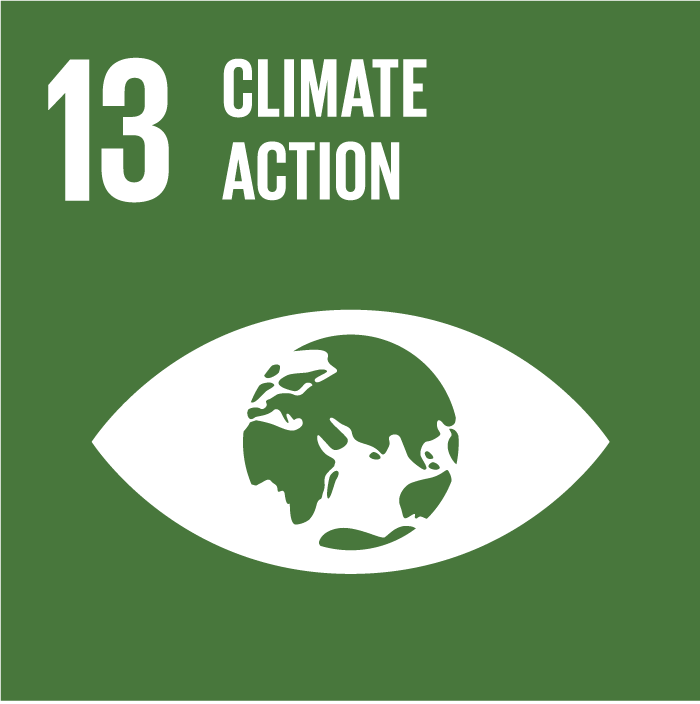
Reduced environmental impact
- Thanks to improved follow-up and optimized production, feed and water are saved while greenhouse gas emissions are reduced.
- Improved traceability.
Reduced environmental impact
- Thanks to improved follow-up and optimized production, feed and water are saved while greenhouse gas emissions are reduced.
- Improved traceability.
Pork production as part of a cycle
Pork production contributes to a reduced need for fossil energy
In many countries in Europe, investment in biogas production has been an important part of reducing dependence on fossil energy. Germany has developed most in this area, but biogas use is also widespread in the rest of Europe. Here in Sweden, significant investments have been made in biogas plants, primarily in pork production, but also in large-scale beef production.
In Germany, the investment in biogas has contributed to increasing domestic pork production, and today it is one of the world’s leading producers. The pig has become part of the circular thinking that has existed in the country for a long time. Instead of “feeding” the biogas plants with grass, corn and grain, the crops become pig feed.
This circular method in Germany produces high-quality pork using cereals and maize. In the next step, the pigs’ manure during the rearing period and the slaughter residues (approx. 30% of the live pig’s weight) become an extremely valuable raw material to achieve optimal efficiency in the biogas plants. The microbes in a biogas plant produce more gas when they are “fed” with fat and animal protein. Slaughter waste and pig manure are thus a much-appreciated raw material for the world’s biogas producers.
Sweden has not yet made as many developments in this circular system as Germany. However, several major investments have been made, including in Västra Götaland, where both the County Administrative Board and the Region have supported investment in biogas plants, where pig manure and slaughter waste are important raw materials in the production of gas. In Dalsland in particular, there is significant pork production that has also embraced the German idea of producing biogas as a valuable by-product in a biological cycle.
Recently, a decision was made to form Sweden’s (and probably the Nordic region’s) largest biogas project in Västra Götaland, with 200 currently subscribed shareholders. The unit holders are diverse but a significant proportion are pork producers. The project is expected to be operational within 3-5 years. This shows that Sweden also has a clear goal of recycling within pork production.
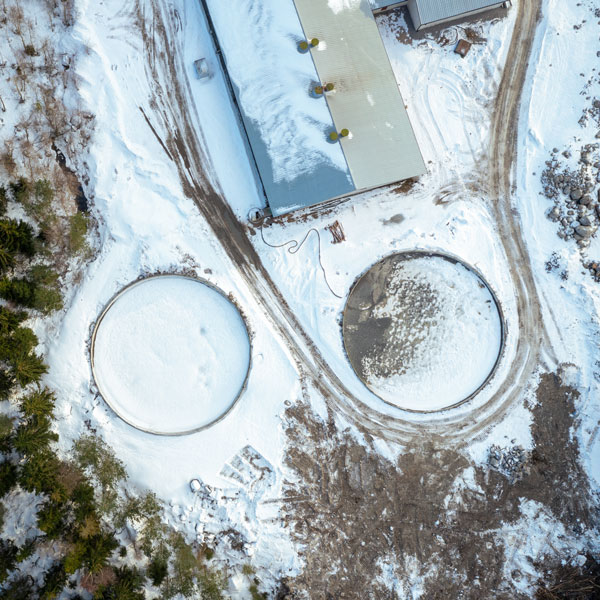
We reduce the climate footprint by
The climate footprint is based on the following:
Pigxcel can reduce the climate footprint by as much as 85,500 CO2 equivalents for an annual production of 5,000 pigs.
Feed consumption accounts for 54% of the climate footprint and handling of manure for 36%.
